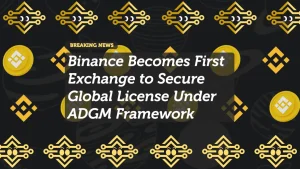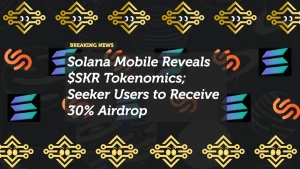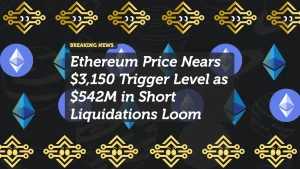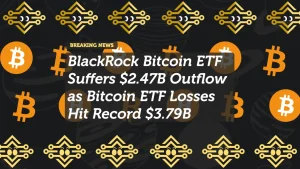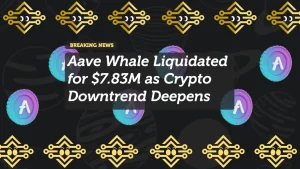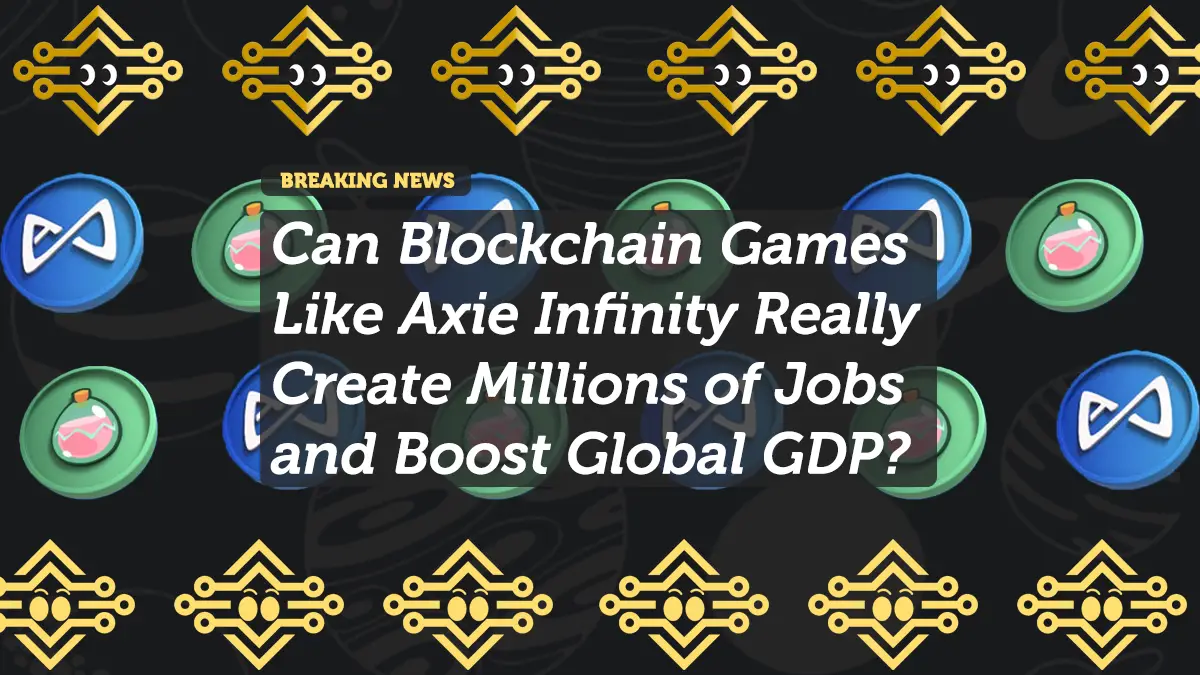
Can Blockchain Games Like Axie Infinity Really Create Millions of Jobs and Boost Global GDP?
Axie Infinity has become synonymous with the rise of play-to-earn (P2E) gaming, offering players the opportunity to earn real income through gameplay. Founded by Trung Nguyen, the game has captivated millions, particularly in emerging markets where traditional job opportunities are limited. Nguyen’s bold claim that blockchain games can create millions of jobs and significantly boost global GDP has generated excitement and skepticism in equal measure.
But can the P2E gaming model truly transform economies, or is it just a passing trend? In this article, we’ll explore the potential and challenges of blockchain gaming, dissecting whether it can deliver on its lofty promises.
1. The Promise of Play-to-earn Gaming
The concept of play-to-earn (P2E) gaming is simple yet revolutionary. Players earn real-world value by participating in games, collecting non-fungible tokens (NFTs), and receiving cryptocurrency rewards. Blockchain technology underpins these models by enabling true ownership of in-game assets and decentralized economies.
1.1 How P2E Games Work
Players in P2E games like Axie Infinity earn tokens, which can be traded or sold for real money. The economic model hinges on the scarcity and utility of NFTs—digital assets representing characters, items, or land within the game. As these assets appreciate in value, players can profit from their investments and gameplay.
1.2 Success Stories from Axie Infinity
Axie Infinity was a pioneer in P2E gaming, particularly in countries like the Philippines, where many players earned more than their local minimum wage by playing. During the height of the COVID-19 pandemic, it provided a lifeline for those struggling to find work, showcasing the potential of P2E models to create income opportunities in underserved regions.
2. Axie Infinity’s Rise and Token Crash
While Axie Infinity’s initial success was remarkable, the game has faced significant challenges that call into question the sustainability of the P2E model.
2.1 Early Success and Economic Impact
Axie Infinity saw exponential growth in 2021, with millions of players joining the platform. This rapid adoption drove up the value of its native tokens, AXS and SLP, and in-game assets. For a time, Axie seemed poised to revolutionize the gaming and economic landscapes.
2.2 The Crash of Axie’s Tokenomics
However, the game’s economic model struggled under the weight of its own success. The influx of new players and the minting of new in-game assets led to inflationary pressures. Token values plummeted, and the game’s economic incentives became unsustainable. This crash raised serious questions about whether P2E games can maintain long-term economic viability.
3. Skepticism in the Gaming and Economic World
Despite the initial hype, many traditional gamers and economists remain skeptical of blockchain gaming’s potential to generate “real” economic value.
3.1 Concerns Over Scalability and Sustainability
Critics argue that the economic models of P2E games are inherently unsustainable. The reliance on continuous player growth and new investments to maintain asset value resembles a speculative bubble rather than a stable economic system.
3.2 Speculative Bubbles vs. Real Jobs
There’s a debate over whether the jobs created by blockchain games are genuinely contributing to the economy or merely temporary, speculative opportunities. Without real utility and sustainable demand, the job creation promised by P2E games could prove fleeting.
3.3 GDP Impact: Overhyped or Underestimated?
While the potential for blockchain gaming to influence GDP is intriguing, many believe the impact is overstated. The current scale of the industry is too small to meaningfully shift global economic metrics, and its growth will need to overcome significant barriers to achieve widespread adoption.
4. The Potential for Blockchain Gaming to Create Jobs
Despite these challenges, the Axie Infinity founder and other industry leaders believe that blockchain gaming still has the potential to provide millions of jobs.
4.1 Expanding Employment Opportunities
P2E gaming could create various job opportunities beyond gameplay, including roles in game development, community management, in-game trading, and digital asset creation. As blockchain games develop more sophisticated economies, the range of jobs could expand to include financial services, legal advisory, and even virtual real estate management.
4.2 Economic Empowerment in Emerging Markets
In regions with high unemployment and low income, P2E gaming can serve as an economic lifeline. By lowering the barrier to entry and providing a platform for earning and learning new skills, blockchain games could empower communities and contribute to economic development.
5. Global GDP Impact: Realistic or Far-Fetched?
For blockchain gaming to significantly impact global GDP, several key developments must occur.
5.1 Building Sustainable Digital Economies
Blockchain games must create sustainable digital economies with real demand for goods and services. This includes building ecosystems where digital assets have utility beyond speculation and where in-game economies are balanced and self-sustaining.
5.2 Integration with Traditional Economies
Bridging the gap between digital and traditional economies is crucial. Blockchain games need to create pathways for digital income to translate into real-world benefits, such as access to goods and services or integration with formal employment sectors.
5.3 Regulatory and Technological Challenges
Addressing regulatory and technological challenges is essential for the industry’s growth. This includes establishing clear legal frameworks for digital assets and ensuring the scalability and security of blockchain networks to handle mass adoption.
6. The Future of Play-to-Earn: A New Frontier or Passing Trend?
The future of P2E gaming will likely depend on the industry’s ability to evolve and address its current shortcomings.
6.1 Evolving the P2E Model
Innovations in game design and economics are needed to create more sustainable P2E models. This includes balancing rewards with gameplay enjoyment, reducing reliance on continuous player growth, and exploring new revenue streams beyond token sales.
6.2 Upcoming Games and Innovations
Several upcoming blockchain games are experimenting with new models and technologies that could redefine the P2E landscape. Projects focusing on interoperability, cross-game asset usage, and more engaging gameplay experiences are worth watching.
6.3 P2E’s Role in the Web3 Economy
As Web3 and decentralized digital economies grow, P2E gaming could play a pivotal role in shaping new economic paradigms. Whether through innovative use cases or new forms of digital ownership and governance, the potential for P2E gaming to contribute to the broader Web3 ecosystem is significant.
Conclusion: Blockchain Gaming—The Next Big Industry or a Speculative Bubble?
The question of whether blockchain games like Axie Infinity can truly create millions of jobs and boost global GDP remains unanswered. While there is undeniable potential, significant challenges must be overcome for the industry to fulfill its promises. Skepticism persists, but so does innovation, as developers and entrepreneurs continue to push the boundaries of what’s possible in the intersection of gaming and blockchain.
Could blockchain gaming become a transformative force in the global economy, or is it destined to be remembered as just another speculative bubble? Only time will tell, but one thing is certain: the journey of P2E gaming is far from over.











